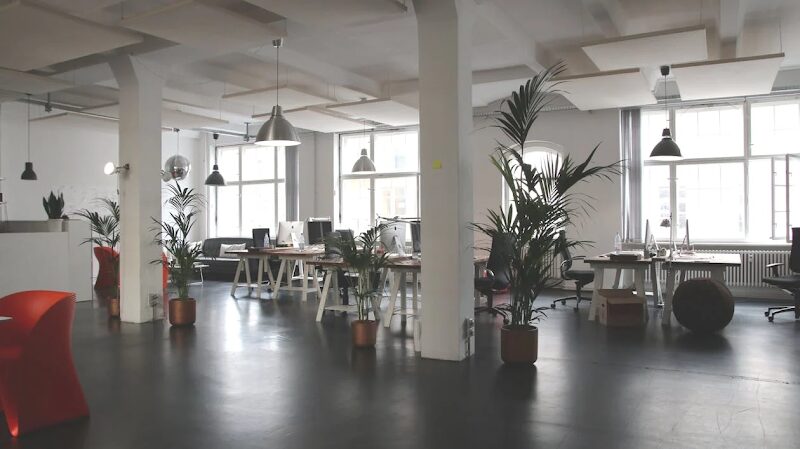The function of professional cleaning in occupational hygiene
Although regular office cleaning helps avoid germs, filth, and dust, some places need more thorough care, even with normal efforts. Often containing allergens and bacteria, professional cleaning services can help address neglected areas such as air vents, carpet fibres, and communal places. Furthermore, insect infestations can seriously compromise workplace hygiene, influencing employee health and the company’s reputation. Businesses seeking dependable pest control solutions can avail of professional services like those offered by toplinepestcontrol.co.uk. They guarantee that offices remain hygienic and free of pests. Taking quick care of insect problems stops harm and guarantees a better workplace.
Decluttering for cleanliness and productivity
Apart from being aesthetically unpleasant, a messy desk attracts dust and germs. Maintaining free from needless cluttered desks, conference rooms, and storage spaces improves organisation and lowers cleaning time. Establish a clean desk policy whereby only necessary objects remain on the surface at the end of each workday, encouraging staff to tidy their desks routinely. Digital organisation is just as important; choosing cloud storage helps to limit the need for too many filing cabinets and paperwork piles by eliminating paper documentation.
Clean high-touch surfaces to fight disease
Workplaces are hotspots for bacteria, particularly in shared facilities such as kitchens, restrooms, and conference rooms. Frequent disinfection of high-touch surfaces such as doorknobs, light switches, keyboards, and shared office equipment helps prevent the spread of disease. At least 70% alcohol-content antibacterial wipes or sprays guarantee that these surfaces stay hygienic all day. Minimising health hazards also depends on motivating staff members to maintain personal hygiene, including regular hand washing and using hand sanitisers.
Using a routine deep cleaning plan
Beyond everyday maintenance, workplaces should follow a planned deep cleaning strategy to handle germs and hidden filth. This covers steam-cleaning carpets, dusting ceilings and walls, cleaning ventilation systems, and furniture polishing. Particular flooring needs frequent maintenance; hardwood and tile floors should be wiped with disinfectant, while carpets must be routinely vacuumed and shampooed to eliminate allergies. Whether weekly or monthly, creating a cleaning program helps to keep the surroundings pristine.
Promoting staff accountability in hygiene
The cleaning crew is mostly responsible for keeping the workplace tidy, although staff should also contribute. Establishing basic office-wide routines, including garbage disposal, lunch cleanup, and reporting maintenance issues, helps create a cleanliness culture. Trash cans, disinfectant wipes, and recycling stations assist personnel in keeping the workplace clean.
Conclusion
A clean workplace is linked to health, productivity, and job satisfaction. Employers should combine daily cleaning with expert deep cleaning and pest control to build a thriving workplace. Office cleanliness is about building a successful, healthy, and productive atmosphere, not just appearances.
Image attributed to Pexels.com



































